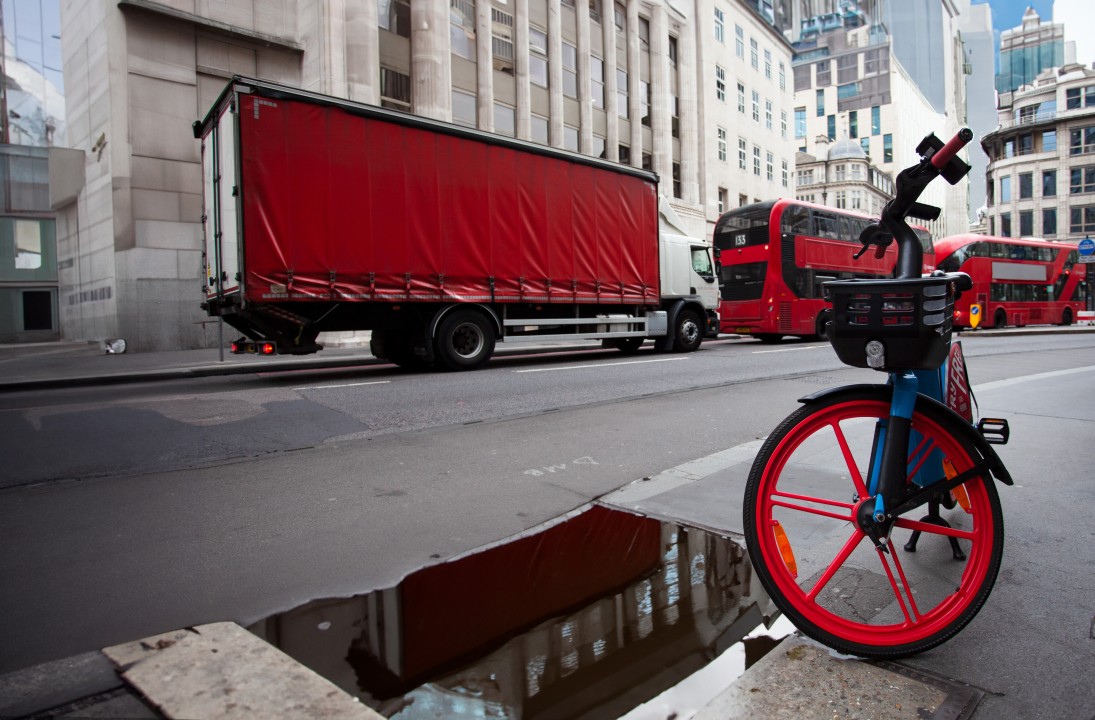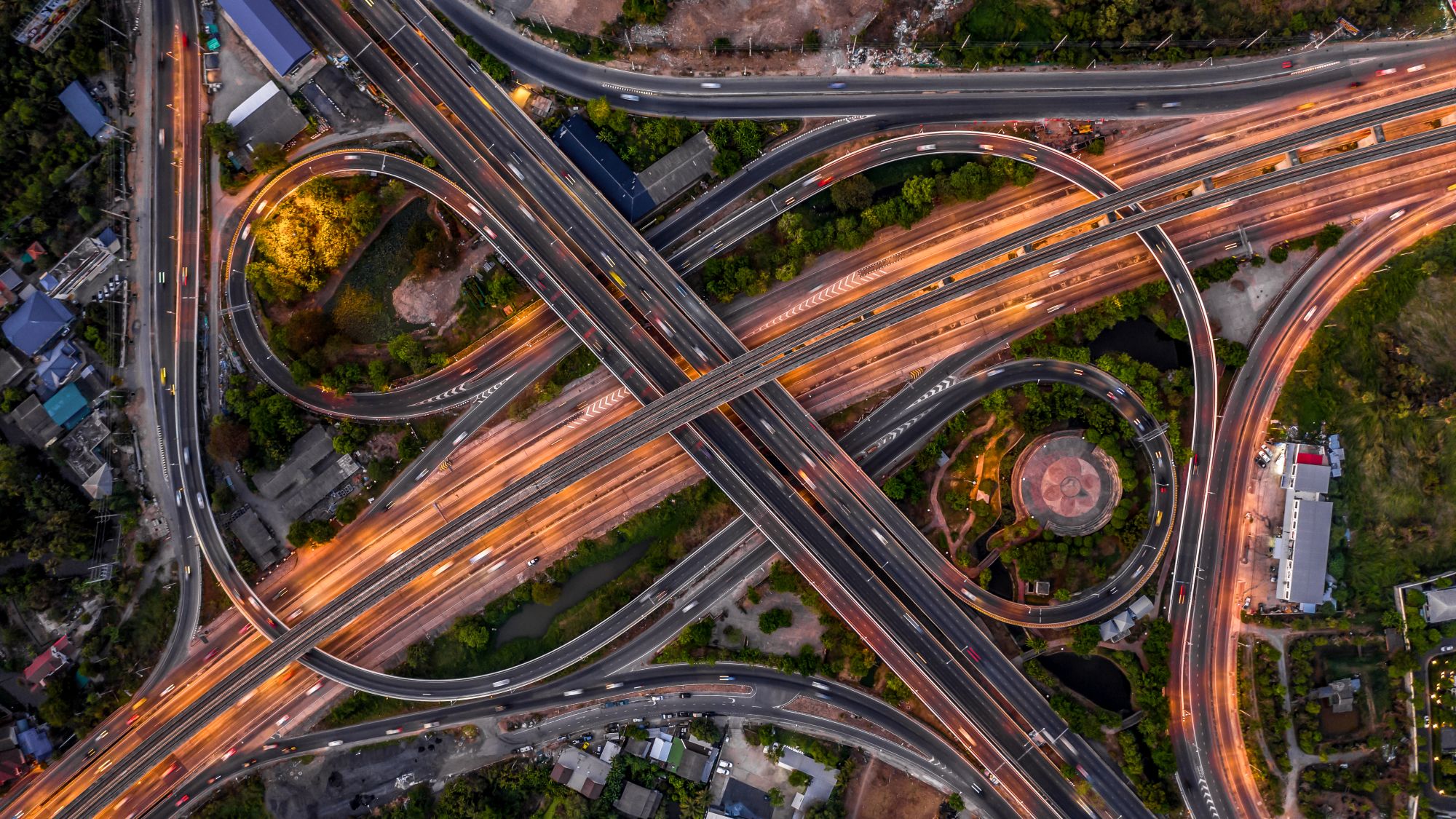
Susie Jones
Öt kamionos mítosz megcáfolva
Létrehozva: 19. 08. 2024
•
Frissítve: 19. 08. 2024
A tehergépkocsivezetés évszázadok óta a globális kereskedelem gerincét képezi - árukat és alapvető dolgokat szállít a világ minden tájára. Alapvető szerepe ellenére azonban a tehergépkocsivezetést sokáig mítoszok és tévhitek övezték.
Bár e mítoszok némelyikét nem kell komolyan venni, némelyik mégis árthat a teherfuvarozási ágazatnak és az abban dolgozóknak. Ezért kiemelkedően fontos, hogy leromboljuk ezeket a tévhiteket, hogy a tehergépkocsi-vezetés vonzó pályaválasztás maradjon a jövő generációi számára. A Facebookon megkérdeztük a sofőrök közösségét a legnagyobb mítoszokról, amelyeket pályafutásuk során hallottak.
1. A kamionsofőrök egész nap ülnek
"A kamionsofőrök egész nap csak ülnek." A kamionsofőrök által gyakran hallott mondat, Luke.
A teherautózás világa több mint vezetés. A tehergépkocsi-vezetők gyakran dolgoznak együtt másokkal a terminálokon, dokkokban és raktárakban a rakomány kirakodásában és berakodásában. A volán mögött sem megy minden simán. A teherautósofőröknek a járművük manőverezésére kell koncentrálniuk, és be kell tartaniuk a szigorú tachográf-szabályokat. Elengedhetetlen, hogy jól tudják, mely területeken vezethetnek és melyeken nem, valamint tisztában kell lenniük a lehetséges veszélyekkel.
2. Minden kamionos férfi
Ez egy elavult sztereotípia, amely nem tükrözi a modern kamionos valóságot. A közelmúltban jelentősen eltolódott a férfi és női teherautó-vezetők aránya. 2021-ben az Egyesült Királyságban a 315 000 tehergépkocsi-vezetőnek mindössze 1% volt a női sofőrök aránya. Ez a szám azonban évről évre nő, ahogy az iparág fejlődik és befogadja a befogadást. Az olyan sofőrök, mint Jodi Smith felbecsülhetetlen értékű szószólói a nőknek az iparágban. Jodi online dokumentálja kamionos tapasztalatait, és ezzel másokat is arra inspirál, hogy üljenek a volán mögé.
3. Bárki vezethet teherautót
Sokan azt feltételezik, hogy ha tudnak autót vezetni, akkor teherautót is tudnak vezetni. A teherautó-vezetés azonban olyan egyedi készségeket igényel, amelyek nem biztos, hogy mindenki számára megfelelőek. A kereskedelmi tehergépkocsik üzemeltetéséhez járművezetői szakmai alkalmassági bizonyítvány (CPC) szükséges. A CPC megszerzéséhez a járművezetőknek öt vizsgán kell részt venniük:
Elmélet
Esettanulmány
Terepgyakorlatok
Közúti vezetés
Gyakorlati bemutatók
Ráadásul a teherautó-vezetés olyan életmódot követel meg, amely nem mindenkinek való - hosszú, elszigetelt órákat kell az úton tölteni, ami gyakran váratlan kihívásokat jelent.
4. Fékút
"A személygépkocsivezetők azt gondolják, hogy a nehéz tehergépkocsik féktávolsága megegyezik a személygépkocsikéval" - ezt már túl sokszor hallotta Paul, a tehergépkocsivezető.
A tehergépkocsik fékútja több tényező miatt jelentősen eltér a személygépkocsikétól: - Súly: egy megrakott teherautó összsúlya nagyobb, mint egy átlagos személygépkocsié, ami azt jelenti, hogy nagyobb erőre van szüksége a lassításhoz és a megálláshoz.
- Mechanika: a tehergépkocsik fékrendszerét nehéz rakományokra szabták, ami azt jelenti, hogy nagyobb és robusztusabb tengelyekkel és fékalkatrészekkel rendelkeznek - ami hosszabb reakcióidőt és nagyobb féktávolságot eredményez.
60 km/órás sebességnél egy teherautónak 132 méterre van szüksége a fékezéshez, míg egy személygépkocsinak 73 méterre - ez rávilágít annak fontosságára, hogy erős fékezéskor elegendő helyet hagyjunk magunk és a teherautó között.

5. A kamionosok piszkosak
Az évek során a teherautó-vezetőkre a koszos és lusta sztereotípiát hozták rá - ez egy igazságtalan általánosítás. Sok távolsági fuvarozó sofőr sok időt tölt otthonától távol és a fülkéjében - ami azt jelenti, hogy a higiénia és a fülke tisztasága kiemelt fontosságú.
A szakma jobb megértése érdekében fontos, hogy eloszlassuk a teherautó-vezetéssel kapcsolatos mítoszokat és tévhiteket. Néhány gyakori mítosz megdöntése vonzóbbá teszi az iparágat a jövő generációi számára, és növeli a tehergépkocsi-vezetés mint magasan képzett szakma ismertségét, amely létfontosságú szerepet játszik gazdaságunkban.
Magányos a kamionozás?
Mielőtt fontolóra venné a tehergépkocsivezetői karriert, fontos, hogy megértse, mivel jár ez a munka. Sok teherautósofőr számára problémát jelent a magányosság kezelése - a hosszú órák az úton, kevés vagy semmilyen kommunikáció nélkül egyeseknek nehéz, másoknak viszont álom.
Ráadásul a szeretteiktől való távollét sokakat megviselhet. A járművezetők számára azonban könnyebbé vált a barátokkal és a családdal való kommunikáció telefonon vagy videohíváson keresztül. A kamionosok számára is rengeteg fórum és hasznos tipp áll rendelkezésre a magány enyhítésére.
Lehet-e egy tehergépkocsivezetőnek másodállása?
Mivel az Egyesült Királyságban a megélhetési költségek válságát éli át, egyre több járművezető fontolgatja a másodállás lehetőségét. A másodállás azonban problémákat és kockázatokat rejt magában, különösen a teherautózás világában. A sofőröknek meg kell fontolniuk, hogy van-e másodlagos foglalkoztatásra vonatkozó politika a vállalatuknál, mielőtt továbblépnének.
A másodlagos foglalkoztatási politika kialakításakor a vállalatoknak és az üzemeltetőknek figyelembe kell venniük a járművezetők teljesítményére, jelenlétére és fáradtságára gyakorolt hatásokat. Nem is beszélve a járművezetők munkaidejére és a munkaidőre vonatkozó szabályok betartásának fenntartásáról.



